The reliability and cost of any electrical system depend greatly on the quality of the power supplied to and consumed by the system. Poor power quality may result in an improper function, overheating, accelerated wear and tear, falsely tripped circuit breakers, and, in some cases, hazardous conditions. With the introduction of new electronic technologies over the last several decades, the world has placed new and more complex demands for clean and reliable power.
Measuring Power Quality typically involves calculating indicators of power demand, power consumption, and power cleanliness. By measuring demand and consumption, consumers can identify cost centers in their electrical infrastructures as well as engineer the electrical infrastructure required to meet those demands. By measuring cleanliness, consumers can avoid improper function, overheating, and a plethora of other consequences of unclean power.
What is power demand, nd and how do we measure it?
Power demand is that the quantity of average power that’s consumed over some amount of your time by a tool, machine building, etc.Power Quality Analyzers, electronic instruments wont to measure indicators of power quality, can average the electrical energy and display it in units of “kilowatts”. It is necessary that electrical systems square measure provided with enough power to satisfy peak periods of demand.
How does power consumption differ from power demand?
Power consumption, like demand, is the “sum” of electrical usage over time. Power demand reflects an on-the-spot read of electrical usage, whereas power consumption sums the electrical usage over an equivalent amount of time. Power Quality Analyzers measure consumption in units of watt-hours (Wh) or kilowatt-hours (kWh). Most calculations of the price of power square measure based on consumption and are assured by $ per kWh.
Once we all know power consumption, we can calculate a useful metric called “Power Factor”. Power issue could be a quantitative relation of the particular power utilized by Associate in Nursing electrical system to the apparent power delivered by the utility. In most cases, the actual power used will be less than the apparent power delivered because of heat dissipation, frictional loss, work performed, and other releases of energy by the electrical system.
We can North American country Power issue to assist us in placing a tag on the number of labor hours the electrical system is activated, as well as help us install capacitors and other devices that store real energy to avoid being charged for excess apparent power. With an influence Quality analyzer, you can calculate the “Reactive Compensation”, the amount of capacitive value required to correct a low Power Factor.
Power, cleanliness, and the need to understand harmonics
Power cleanliness refers to identifying and freeing the power of “harmonics”. The idea of harmonics could be a bit harder to grasp than demand and consumption. Harmonics are a measure of non-linear masses that cause irregular spikes Associate in Nursing dips in voltage and current on an electrical system.
The power provided by utility corporations is delivered in the form of a relentless voltage AC (Alternating Current) and takes the form of an undulation. Ohm’s law says the amount of current utilized by Associate in Nursing device depends on the load (impedance) of that appliance. If the load varies over time, then this can. Harmonics appear when varying loads (non-linear) create short pulses of current that deform the supplied, sinusoidal current waveform, creating an arbitrary waveform.
You can consider an Associate in Nursing discrete wave as being created from many basic waveforms. The easiest illustration of an arbitrary wave is to picture two people on opposite sides of a pool who create a wave towards each other with a pool float. When the waves run across the middle, the result is a wave that is twice as tall. The ensuing wave is created from 2 basic waves.
This illustration will be accustomed to making a case for what happens once harmonics occur because of non-linear masses. The current wave becomes distorted from an ideal undulation, and peaks and valleys produce unclean power. Harmonics can cause devices to overheat, electrical wire ratings to be reduced, motors to prematurely wear out, and circuit breakers to falsely trip.
Power Quality Analyzers have the power to spot Associate in Nursing analyze the basic harmonics that form a discrete current wave. Measurements such as THD (Total Harmonic Distortion) can tell you the contribution of harmonic currents to the fundamental current required. Measured as a proportion, 10% would be a reason for concern. Another measurement known as “Crest Factor” can indicate the extent of peaking caused by harmonics. The Crest issue could be a quantitative relation of the height price / RMS price, that in an exceedingly excellent undulation would be one 14.
Choosing a Power Quality Analyzer
There is are unit variety of Power Quality analyzer makers like Fluke, AEMC, Hioki, and Extech. Some analyzers are designed to live in single-section systems, whereas others are for tthree-phase systems Many PQAs integrate with PCs, have increased knowledge work capabilities, and can produce skilled reports usually requested for power quality applications. Power Quality Analyzers range in price from $1500 to $650,0, with the more expensive products offering greater analysis functionality.
Whatever your application or budget, it’s necessary that power quality is ciisonsidered in the book and maintenance of your electrical system. To reduce costs, avoid downtime, and increase the service life of your system, power quality is a force to be reckoned with.
